In the realm of business, regulatory reporting stands as a pivotal process. It's not just about ticking boxes or meeting minimum standards. It's about ensuring transparency, integrity, and trust in the financial markets. Today, we'll delve into the world of regulatory reporting. We'll explore what it entails, the benefits it brings, the hurdles it presents, and what the future might hold. This post aims to shed light on the significance of a well-structured Regulatory Reporting Program Design and why it matters in today's fast-paced business environment.
Understanding Regulatory Reporting
Regulatory reporting is the process by which businesses submit data to regulatory bodies to demonstrate compliance with relevant laws and regulations. This requirement spans various industries but is particularly critical in the banking, financial services, and insurance sectors. The essence of a Regulatory Reporting Program Design is to ensure that organizations are transparent about their operations, financial health, and risk management practices.
Requirements
The requirements for regulatory reporting are vast and varied, depending on the industry and jurisdiction. Generally, they involve the submission of financial statements, risk management reports, and other relevant documents that provide insights into the company's operations. A robust Regulatory Reporting Program Design must adapt to these requirements, ensuring accurate and timely submission of all necessary information.
Benefits
Beyond compliance, regulatory reporting offers several benefits. It enhances the credibility and reputation of a company, making it more attractive to investors, partners, and customers. Effective Regulatory Reporting Program Design can also provide senior management with critical insights into the company's performance, aiding in strategic decision-making and risk management.
Challenges
However, regulatory reporting is not without its challenges. The complexity of regulatory requirements, coupled with the need for accurate data collection and analysis, can be daunting. Additionally, the dynamic nature of regulations means that a Regulatory Reporting Program Design must be flexible and adaptable to changes. Ensuring data quality and managing the costs associated with regulatory reporting are also significant hurdles for many organizations.
Future Possibilities
Looking ahead, the landscape of regulatory reporting is poised for transformation. Advances in technology, such as artificial intelligence and blockchain, offer the potential to streamline the reporting process, reduce errors, and enhance efficiency. A future-focused Regulatory Reporting Program Design will leverage these technologies to not only meet current requirements but also anticipate future changes, positioning organizations for success in an increasingly regulated world.
Conclusion
In conclusion, regulatory reporting is a critical element of modern business operations. It ensures transparency, supports compliance and enhances trust among stakeholders. While the challenges are significant, the benefits of a well-executed Regulatory Reporting Program Design cannot be overstated. As we look to the future, embracing innovation and technology will be vital in overcoming obstacles and unlocking new opportunities in regulatory reporting. By staying informed, adaptable, and proactive, organizations can navigate the complexities of regulatory reporting and pave the way for continued success.
This exploration of regulatory reporting underscores its role as more than a mere obligation—it's a strategic asset that, when managed effectively, can bolster a company's integrity, operational insight, and competitive edge. As regulatory frameworks evolve and technology advances, the approach to regulatory reporting will undoubtedly change. Yet, the core objective will remain the same: to ensure that companies operate transparently, responsibly, and in full compliance with the law. By investing in and prioritizing a forward-thinking Regulatory Reporting Program Design, businesses can not only meet today's challenges but also thrive in the regulatory environment of tomorrow.









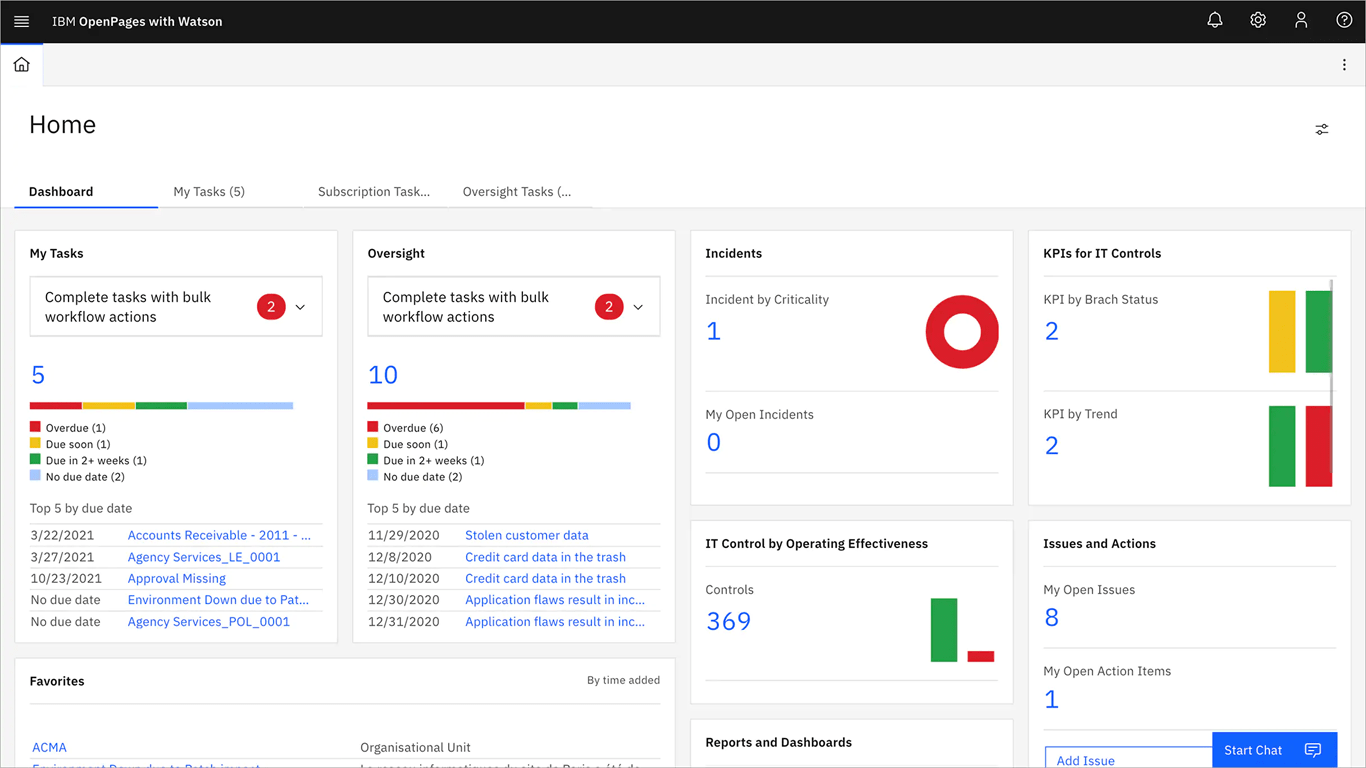











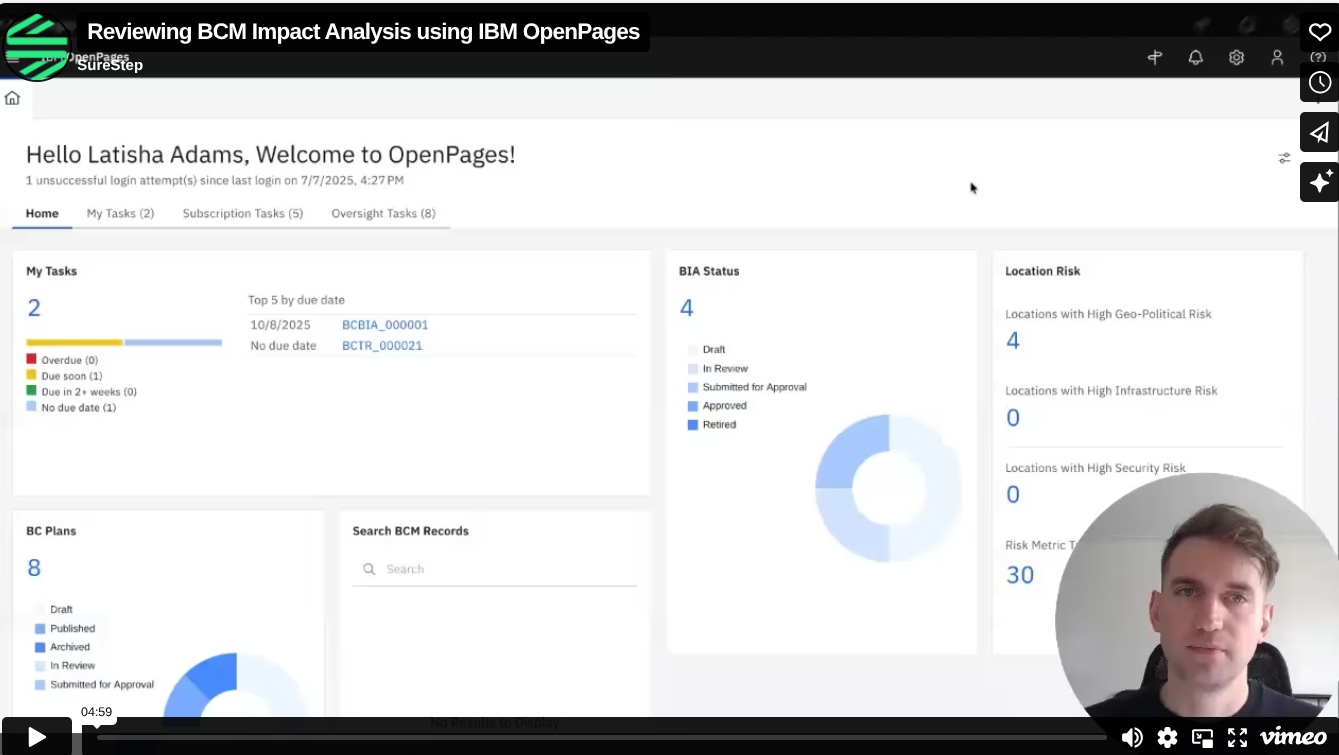






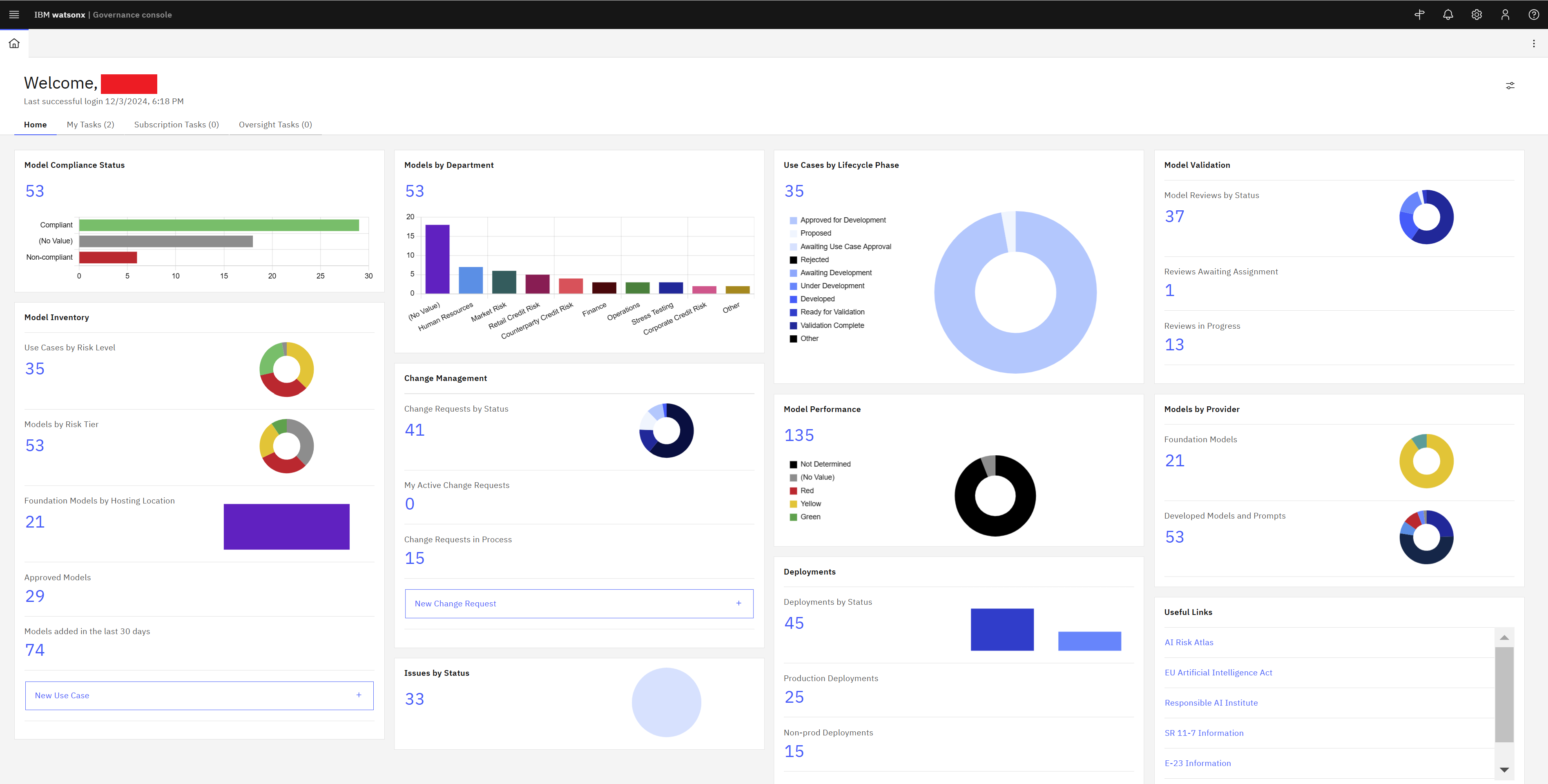

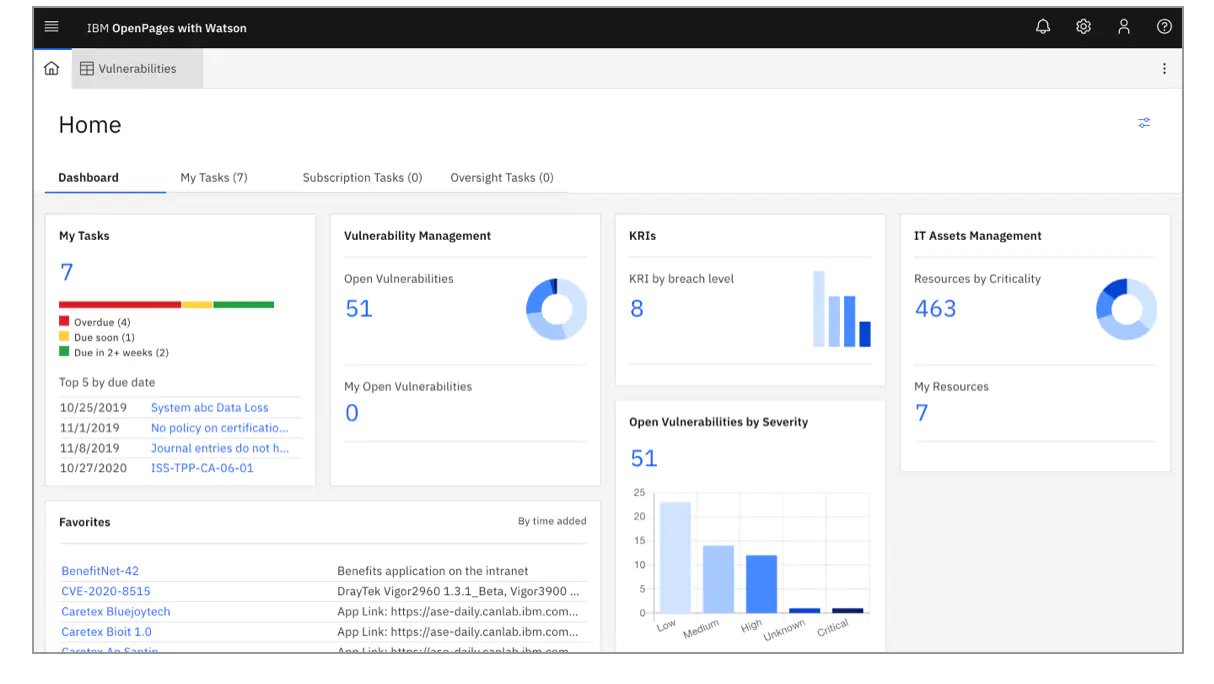
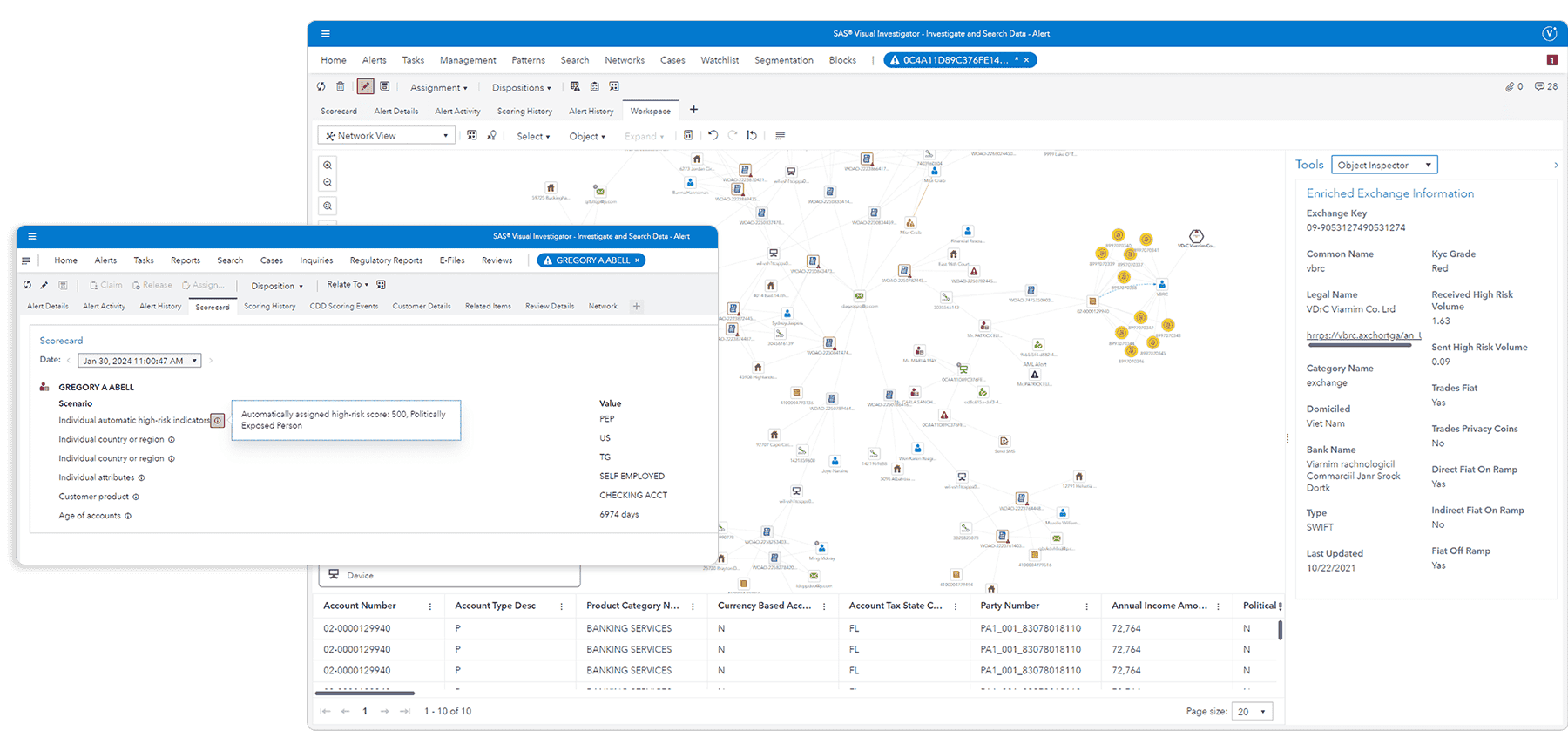







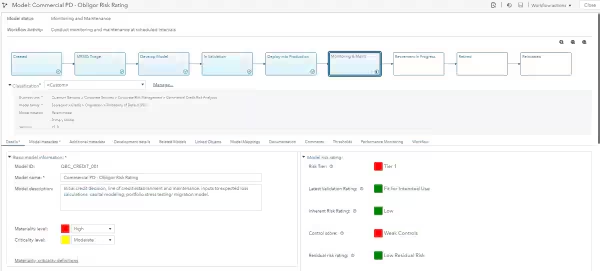









.webp)

-1.jpg)










.jpg)



























.jpeg)







